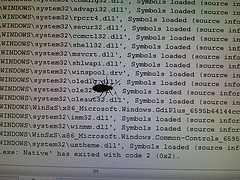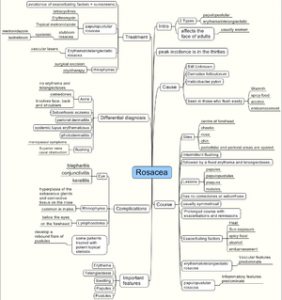Testing Webservices
| Debugging (Photo credit: mikemol) |
Last night I added 2 more webservices to DermKnowledgeBASE. Debugging webservices is a nightmare. (At least it was, until the wee hours of the morning). It always returns SoapFault exception mentioning that “looks like we got no XML document”. After several wasted hours of hard work I found the way to use the instruction here. The best answer is rather cryptic. So I have included the code I used to display the request and response so that debugging becomes much easier.
Change the wsdl path and the function call. Hope this saves some time for someone!







